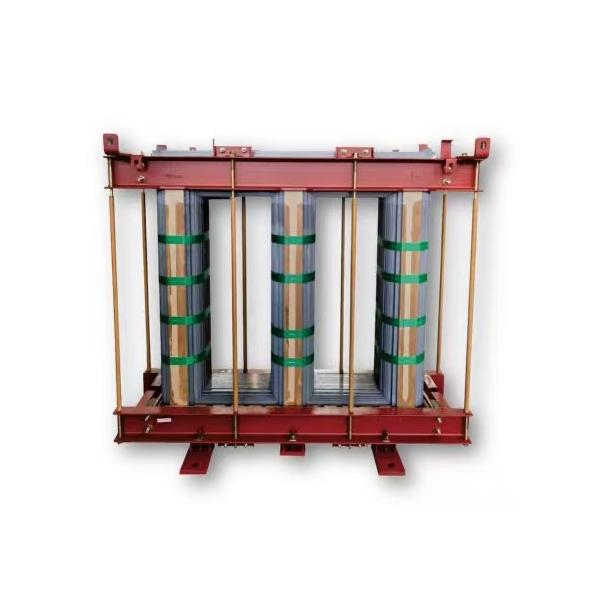Effective Strategies to Mitigate Chemical Hazards in the Workplace
Chemical hazards pose significant risks to workers in various industries. It is crucial to implement effective strategies to prevent and mitigate these hazards. This blog post will provide practical and high-quality information on how to prevent chemical hazards in the workplace, ensuring the safety and well-being of employees.
- Conduct a thorough hazard assessment:
Before implementing any preventive measures, it is essential to conduct a comprehensive hazard assessment. This assessment should identify all potential chemical hazards present in the workplace, including their properties, risks, and potential exposure routes. By understanding the specific hazards, employers can develop targeted prevention strategies. - Implement proper engineering controls:
Engineering controls are the first line of defense against chemical hazards. These controls aim to eliminate or minimize exposure to hazardous substances. Examples include ventilation systems, enclosed processes, and automated equipment. By implementing these controls, employers can effectively reduce the risk of chemical exposure. - Establish robust administrative controls:
Administrative controls complement engineering controls and focus on work practices and policies. These controls include implementing standard operating procedures (SOPs), providing adequate training, and establishing clear communication channels. Regular safety meetings and audits can also help ensure compliance with safety protocols. - Personal protective equipment (PPE):
While engineering and administrative controls are crucial, personal protective equipment (PPE) plays a vital role in preventing chemical hazards. Employers should provide appropriate PPE, such as gloves, goggles, respirators, and protective clothing, based on the specific hazards identified in the workplace. Regular training on proper PPE usage and maintenance is essential. - Proper storage and handling:
Safe storage and handling of chemicals are critical to prevent accidents and exposure. Chemicals should be stored in designated areas with proper labeling, ensuring compatibility and segregation. Employers should establish protocols for handling, transferring, and disposing of hazardous substances safely. - Regular monitoring and maintenance:
Continuous monitoring of workplace conditions, including air quality and chemical exposure levels, is essential to identify potential hazards. Regular maintenance of equipment, such as ventilation systems and safety devices, should be conducted to ensure their effectiveness. Any deviations or malfunctions should be promptly addressed. - Emergency preparedness:
Despite preventive measures, emergencies can still occur. Establishing an emergency response plan is crucial to minimize the impact of chemical hazards. This plan should include evacuation procedures, first aid protocols, and communication strategies. Regular drills and training sessions will help ensure that employees are prepared to respond effectively in case of an emergency.
Conclusion:
Preventing chemical hazards in the workplace requires a multi-faceted approach that combines hazard assessment, engineering controls, administrative controls, proper PPE usage, safe storage and handling, regular monitoring, and emergency preparedness. By implementing these strategies, employers can create a safer work environment and protect their employees from potential chemical hazards.

